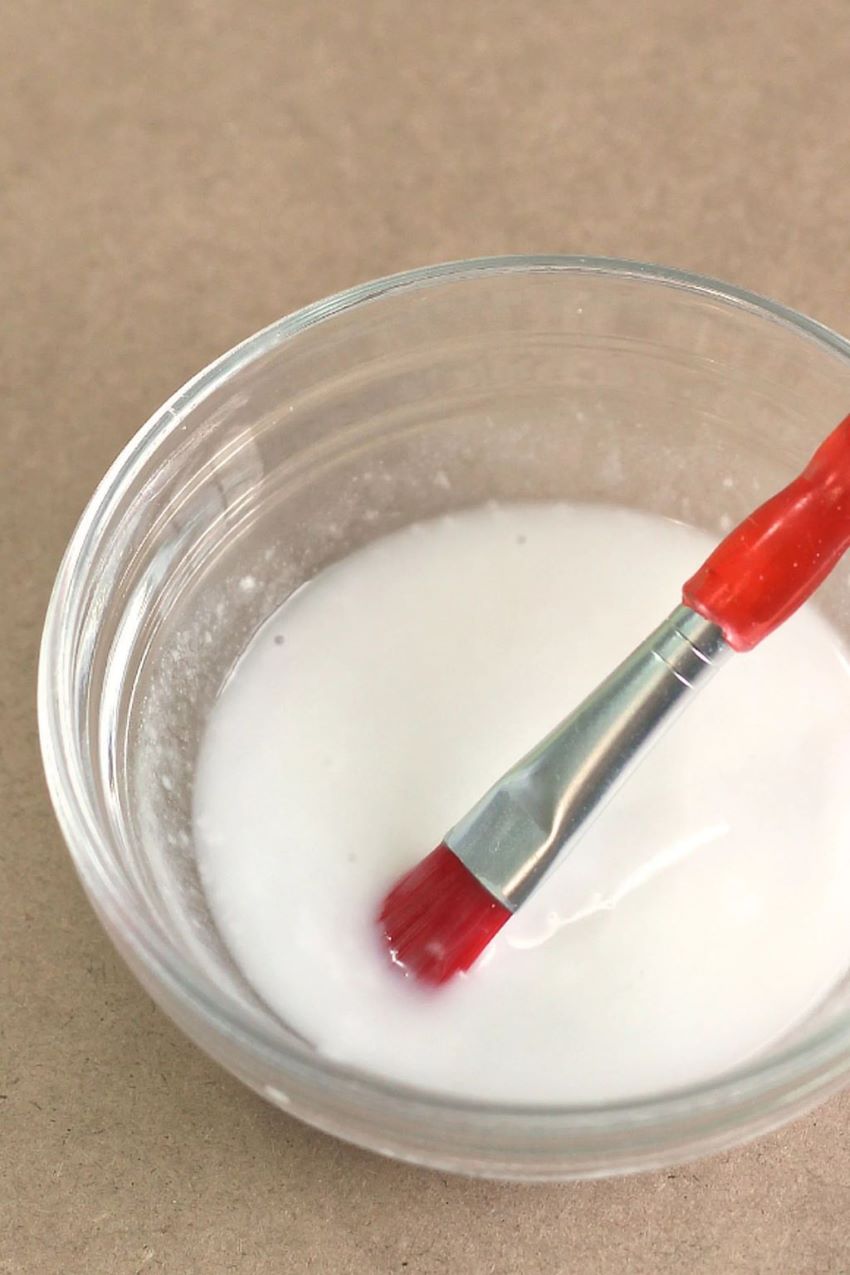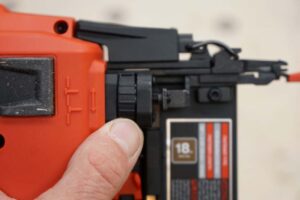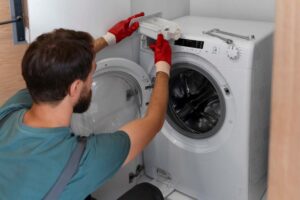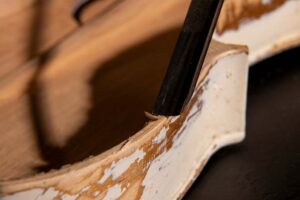DIY Waterproof Glue: The Ultimate Guide
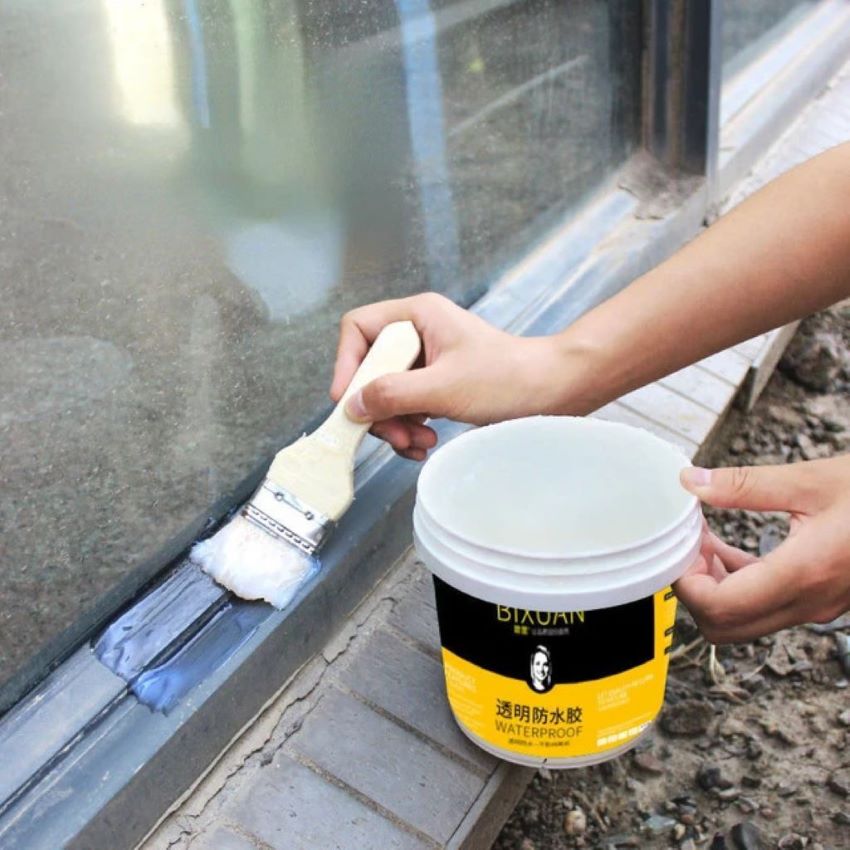
Are you tired of your glued items falling apart every time they encounter water? Look no further! In this article, we will guide you through the process of making your own DIY waterproof glue. With just a few simple ingredients and some easy steps, you’ll be able to create a glue that can withstand even the harshest water conditions. Say goodbye to ruined crafts and broken items – let’s dive in!
What is DIY Waterproof Glue?
DIY waterproof glue is a type of adhesive that is specifically designed to provide a strong and durable bond, even when exposed to water. Unlike ordinary glue, which may lose its adhesive properties when wet, waterproof glue maintains its integrity when faced with moisture. This makes it perfect for a wide range of applications, including outdoor projects and repairs. One popular use for waterproof glue is in gluing EVA foam for costumes and cosplay props.
How to Make DIY Waterproof Glue
Step 1: Gather the Ingredients
To make your own DIY waterproof glue, you’ll need the following ingredients:
- PVA glue: This serves as the base of your waterproof glue. Make sure to choose a high-quality, waterproof PVA glue for best results.
- Borax powder: Borax acts as a crosslinking agent, strengthening the bond of the glue.
- Water: Water is needed to dilute the glue and make it easier to work with.
Step 2: Mixing the Ingredients
Now that you have your ingredients ready, it’s time to start mixing:
- In a clean container, pour 1 part PVA glue.
- Add 1/4 part borax powder to the glue.
- Slowly add water, stirring continuously, until you achieve a smooth and slightly runny consistency.
Step 3: Testing the Glue
Before using the glue, it’s a good idea to test its effectiveness. Take a small piece of the material you wish to glue and apply a thin layer of the DIY waterproof glue. Allow it to dry for the recommended time, and then expose it to water or moisture. If the bond remains strong and intact, you’re good to go!
Benefits of DIY Waterproof Glue
1. Versatility
One of the main advantages of DIY waterproof glue is its versatility. It can be used on a wide range of materials, including wood, plastic, fabric, metal, and more. Whether you need to fix a leaky outdoor fountain or bond together two plastic pieces for a DIY project, waterproof glue has got you covered.
2. Durability
DIY waterproof glue offers exceptional durability. It creates a strong and long-lasting bond that can withstand the test of time. You can trust that your glued items will stay intact, even when exposed to water, humidity, or other challenging conditions.
3. Cost-Effectiveness
Creating your own waterproof glue can save you money in the long run. Instead of constantly buying expensive pre-made waterproof adhesives, you can make your own with just a few affordable ingredients. Plus, you’ll have the satisfaction of knowing exactly what goes into your glue.
4. Customizability
When you make your own DIY waterproof glue, you have the freedom to customize it to your specific needs. Fixing a sagging door is a breeze when you can adjust the consistency, drying time, and even add additional ingredients to enhance its properties. This level of control allows you to create a glue that perfectly suits your project requirements.
FAQs about DIY Waterproof Glue
- Q: Is DIY waterproof glue safe to use?
- A: Yes, DIY waterproof glue is generally safe to use. However, it’s important to follow safety guidelines provided by the manufacturers of the ingredients used.
- Q: How long does DIY waterproof glue take to dry?
- A: The drying time of DIY waterproof glue may vary depending on factors such as humidity and temperature. It is recommended to follow the specific drying instructions provided by the manufacturer of the PVA glue.
- Q: Can DIY waterproof glue be used for underwater repairs?
- A: While DIY waterproof glue is designed to withstand water exposure, it may not be suitable for underwater repairs. It is best to consult professional advice or choose a specialized underwater adhesive for such applications.
- Q: Can I paint over DIY waterproof glue?
- A: Yes, you can paint over DIY waterproof glue once it has fully dried. Ensure that the glue is completely dry and cured before applying paint.
- Q: Can I use DIY waterproof glue in extreme temperatures?
- A: DIY waterproof glue is generally resistant to a wide range of temperatures. However, it’s always a good idea to check the manufacturer’s guidelines for specific temperature limits.
Conclusion
DIY waterproof glue offers a practical and cost-effective solution for all your adhesive needs. By following the simple steps outlined in this guide, you can create your own waterproof glue that will keep your projects intact even in wet conditions. With its versatility, durability, and customizability, DIY waterproof glue is a must-have for any DIY enthusiast. So why wait? Start crafting, repairing, and creating with confidence using your own homemade waterproof glue!

